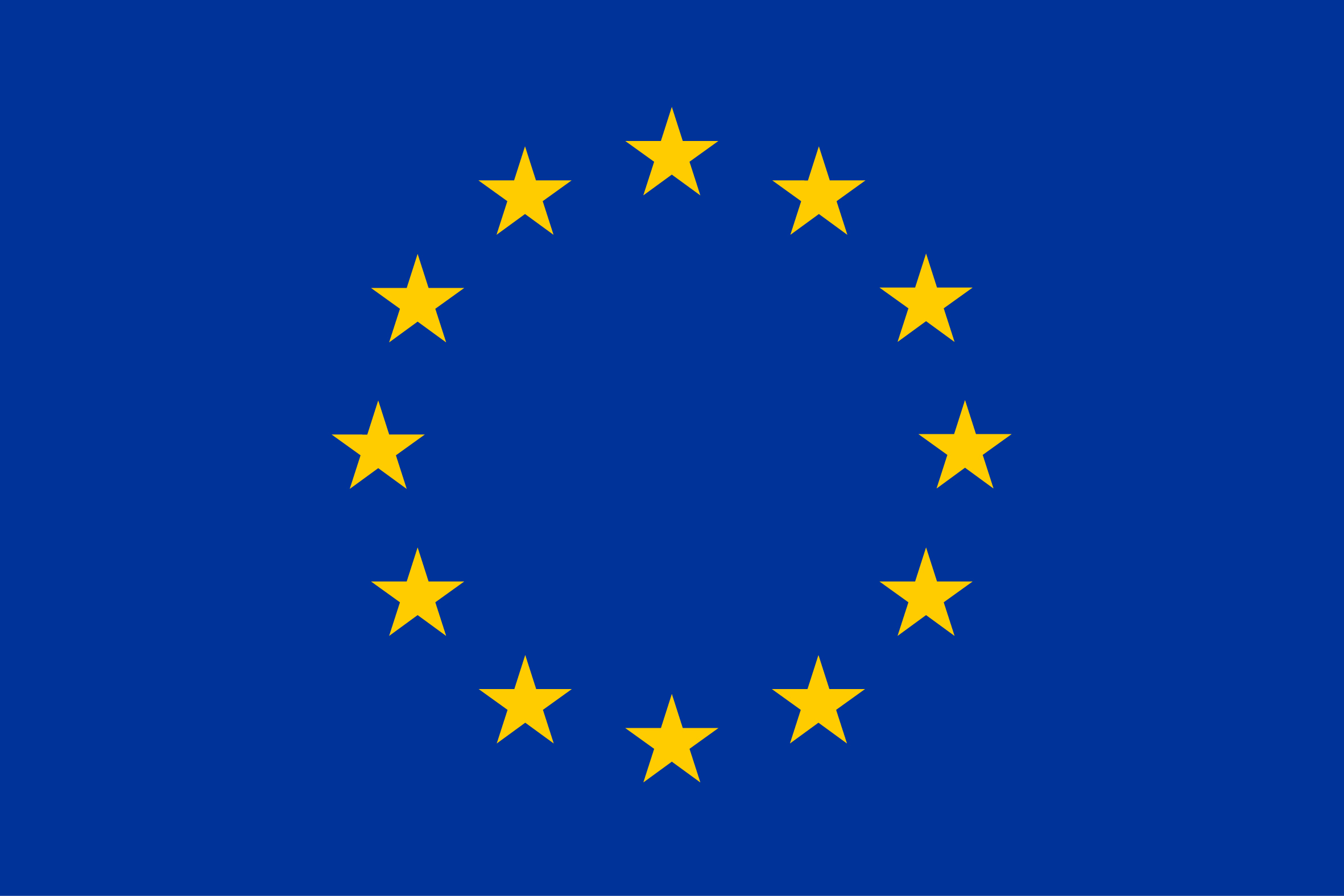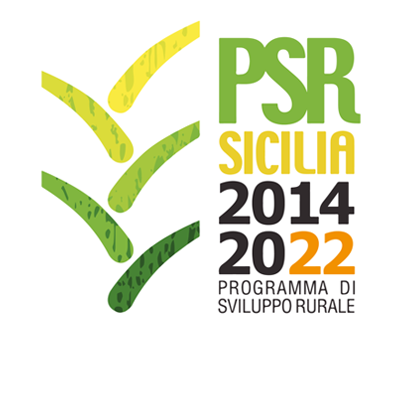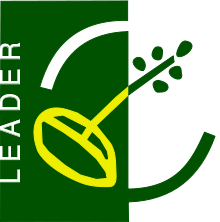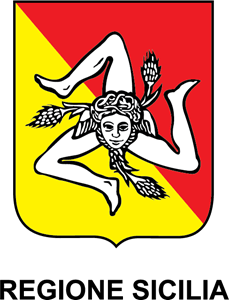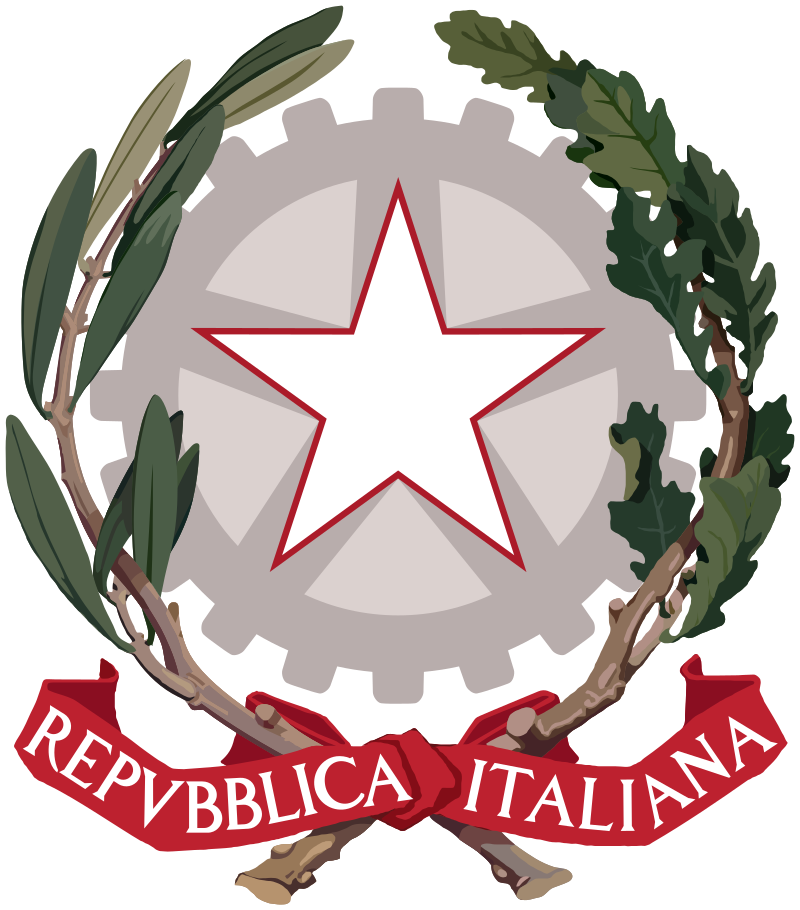Small East African
Country
Specie
ISO3
MOZ
Language
eng.
Transboundary name
Small East African
Other name
Landim
Breed classification (geographic)
Regional
Adaptability to specific environment
The breed is adapted to locally harsh conditions.
Specific reproductive characteristic
This breed has a high twinning rate and can breed all year round.
Other special qualities
This is a hardy breed.
Color comments
multi coloured: various colours
Number of horns males
2
Number of horns females
2
Wither height males
60
Wither height females
60
Weight males
27.00
Weight females
27.00
Other specific visible traits
short coat and ears, tassels common
Domestication status
domestic
Taxonomic classification
Breed
Location within country
country-wide
Local cryo conservation status
No Information
Local Risk
Unknown
Detailed local risk status
Unknown
Regional Transboundary Risk (detailed)
Not at Risk
Saanen
Country
Specie
ISO3
MOZ
Transboundary name
Saanen
Breed classification (geographic)
International
Number of horns males
0
Number of horns females
0
Domestication status
domestic
Taxonomic classification
Breed
Description of origin
recently imported
Location within country
The Saanen is being raised in the South and in the Central-North (Zambezia).
Local cryo conservation status
No Information
Local Risk
Unknown
Detailed local risk status
Unknown
International Transboundary Risk detailed
Not at Risk
Pafuri
Country
Specie
ISO3
MOZ
Breed classification (geographic)
Local
Reference for special qualities
FAO Breed Survey
Color comments
multi coloured: very variable
Number of horns males
2
Number of horns females
2
Horn shape size and comments
well developed in males; scimitar shaped in females;
Weight males
60.00
Weight females
43.00
Other specific visible traits
large breed, long ears, bearded
Domestication status
domestic
Taxonomic classification
Breed
Description of origin
composite of Boer (male) and Landim (female)
Location within country
Mostly found in Gaza province but also in other southern provinces, such as Maputo.
Local cryo conservation status
No Information
Local Risk
Unknown
Detailed local risk status
Unknown
Landim
Country
Specie
ISO3
MOZ
Breed classification (geographic)
Local
Adaptability to specific environment
Adapted to harsh conditions.
Number of horns males
0
Number of horns females
0
Domestication status
domestic
Taxonomic classification
Breed
Description of origin
indigenous breed
Location within country
country-wide
Local cryo conservation status
No Information
Local Risk
Unknown
Detailed local risk status
Unknown
French Alpine
Country
Specie
ISO3
MOZ
Language
eng.
Transboundary name
French Alpine
Breed classification (geographic)
International
Number of horns males
0
Number of horns females
0
Domestication status
domestic
Taxonomic classification
Breed
Description of origin
recently introduced; originated in the Alps
Local cryo conservation status
No Information
Local Risk
Unknown
Detailed local risk status
Unknown
International Transboundary Risk detailed
Endangered
Boer
Country
Specie
ISO3
MOZ
Transboundary name
Boer
Other name
Afrikaner, Boerbok, South African Common Goat, Africander
Breed classification (geographic)
International
Color comments
comment: many colours
Number of horns males
0
Number of horns females
0
Wither height males
78
Wither height females
78
Weight males
130.00
Weight females
80.00
Other specific visible traits
usually lop ears
Domestication status
domestic
Taxonomic classification
Breed
Description of origin
composite of Bantu and Nubian, Saanen, Toggenburger and maybe Angora
Local cryo conservation status
No Information
Local Risk
Unknown
Detailed local risk status
Unknown
International Transboundary Risk detailed
Not at Risk
Uulyn Bor
Country
Specie
ISO3
MNG
Language
eng.
Breed classification (geographic)
Local
Adaptability to specific environment
The animals live in a harsh climate on mountain pasture.
Color comments
multi coloured: guard hair is black and brown, wool is dark grey
Number of horns males
2
Number of horns females
2
Wither height males
69
Wither height females
63
Weight males
65.00
Weight females
44.50
Domestication status
domestic
Taxonomic classification
Breed
Description of origin
developed by crossing local Mongolian goats with Altai goats from Russia: officially recognised and named in 1991
Year of origin
0
Location within country
western Mongolia
Local cryo conservation status
No Material
Local Risk
Not at Risk
Detailed local risk status
Not at Risk
Unjuul
Country
Specie
ISO3
MNG
Language
eng.
Other name
Unjuulyn Tsagaan
Breed classification (geographic)
Local
Color comments
uni coloured: white
Number of horns males
2
Number of horns females
2
Wither height males
68
Wither height females
63
Weight males
60.00
Weight females
40.00
Other specific visible traits
semi-coarse mohair
Domestication status
domestic
Taxonomic classification
Breed
Description of origin
newly developed breed by crossing local Mongolian goats with Russian Mohair breed: officially recognised in 1982
Year of origin
0
Location within country
Bayan-Unguul Sum, central Aimag
Local cryo conservation status
Not Sufficient
Local Risk
At Risk
Detailed local risk status
Vulnerable
Mongolian Cashmere Goat
Country
Specie
ISO3
MNG
Language
eng.
Transboundary name
Mongolian Cashmere Goat
Other name
Mongol Yama
Breed classification (geographic)
Regional
Color comments
uni coloured: usually white, also black, blue, grey, brown <br>multi coloured: also pied
Number of horns males
2
Number of horns females
2
Wither height males
66
Wither height females
60
Weight males
58.00
Weight females
41.00
Other specific visible traits
Mongolian goats have soft, elastic and fine wool fibre.
Domestication status
domestic
Taxonomic classification
Breed
Local cryo conservation status
No Material
Local Risk
Not at Risk
Detailed local risk status
Not at Risk
Regional Transboundary Risk (detailed)
Not at Risk
